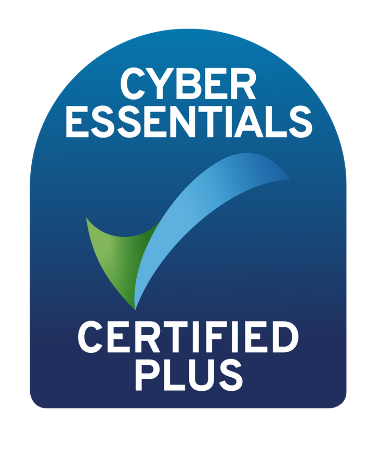This article is from December’s edition of Aggregate, which featured a month-by-month review of 2021. This is March’s entry. To read the complete newsletter as a PDF, click here.
The long-anticipated VAT reverse charge finally came into force on 1 March 2021. This had initially been planned to be introduced in October 2019 but was delayed for a year because the industry wasn’t ready. It was delayed again in October 2020 due to the effect of covid. But finally the new regulations that have transformed how VAT is handled in the construction industry are here (whether we like it or not!).
Why was the VAT reverse charge introduced?
The aim of the VAT reverse charge is to reduce VAT fraud which is said to be prevalent in parts of the construction sector. Some unscrupulous parties charge VAT on the supply of labour and/or materials, but then fall off the radar without accounting for the VAT to HMRC. It is estimated that £100 million per year has been lost in tax revenue due to such practices so action needed to be taken to combat this issue.
What impact has the VAT reverse charge had on the construction industry this year?
For most construction transactions (except for when the supply of goods and/or services are to end users or intermediary suppliers), the responsibility for accounting VAT to HMRC now lies with the recipient of construction services, rather than the supplier. Processes have changed all round for those involved in construction operations.
For instance, if you are a sub-contractor, there may be a significant impact on your monthly returns. The gross value of payments coming into your business will reduce as your customers will no longer be paying you VAT. Instead, your customer will be responsible for reporting the VAT to HMRC. As a result, you may need to consider how this will impact your day-to-day running of your business and cash flow.
The way in which invoices are produced has also had to change in light of implementation of the VAT reverse charge. When supplying goods and/or services subject to the reverse charge, there must be an explicit reference to the same on the invoice. This can be done in a variety of ways, but it is common to directly refer to section 55 of the Value Added Tax Act 1994 (the piece of legislation which governs the VAT reverse charge) to meet the legal requirement. Alternatively, you could include wording along the following lines: “Customer to account to HMRC for the reverse charge output tax on the VAT exclusive price of items marked ‘reverse charge’ at the relevant VAT rate as shown above.”
HMRC accepted that the new legislation surrounding the VAT reverse charge could be confusing. Within the first six months, HMRC officers approached practical errors with a light touch unless there was intentional and deliberate avoidance of the new rules. However, as we are now at the end of 2021, that grace period has ended. Errors made considering the new legislation may not be taken so lightly. Failure to properly understand and implement the VAT charge could end up with a fine from HMRC – and could leave unaware businesses exposed to big tax bills. As the legislation has been many years in the making, and now in force for the best part of a year, there really aren’t any excuses for continued non-compliance.







